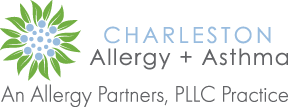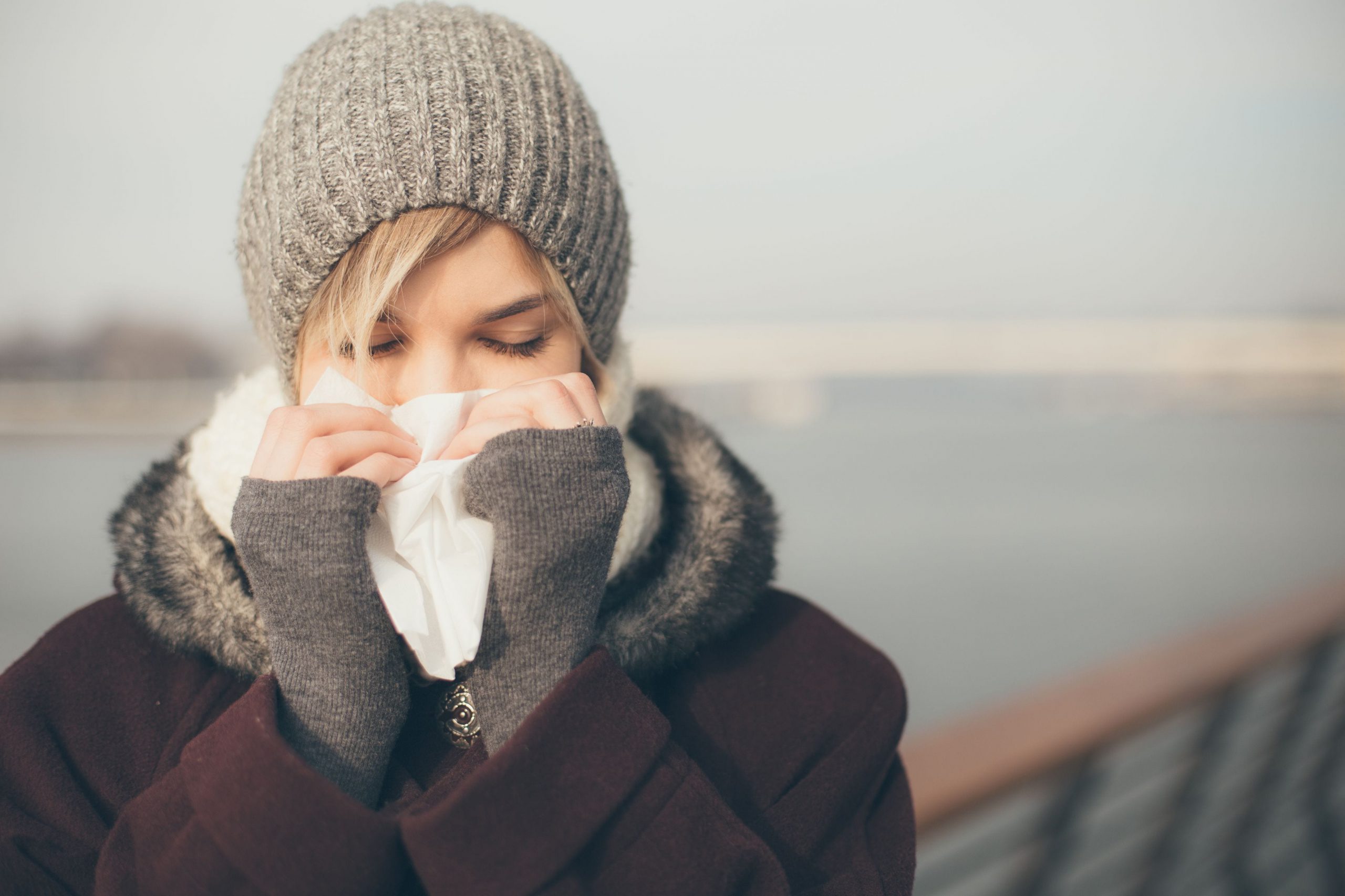Most people associate allergies with trees, flowers, and warmer weather, but it is not uncommon for allergies to persist through the colder months. As we tend to spend more time indoors during the winter, offending indoor allergens, such as dust, mold, and pet dander can be bothersome. Other irritants may include smoke and cleaning products.
Nasal allergies affect 50 million Americans and many of these allergy suffers do not receive a “winter break.” Typical symptoms include coughing, dark circles under eyes, itchy nose and eyes, runny nose, sneezing and watery eyes.
A few ways to limit your indoor allergen exposure is to use HEPA filters for you vacuum and air purifier, launder linens weekly in hot water, and keep your indoor humidity at 30-40%. Try and make your bedroom an “allergy free zone,” i.e. no pets, plants, rugs or carpets in your room. Placing allergic barriers on your pillows and mattresses will also decrease the amount of allergens you breathe in during the night.
If you have tried all of these things and you are still symptomatic, your symptoms might be caused by the other public areas you inhabit, like work. Unfortunately, you do not have a lot of control over your work environment and other public areas. Allergy-inducing triggers that you work to remove from inside your home, may often be found in communal areas and pet owners unknowingly take their pet’s dander with them.
If your symptoms persist and begin to interfere with your quality of life, it might mean it is time to see a board certified allergist. In one visit, your allergist will determine which allergens are causing your issues with a simple skin test. After determining the cause or causes, your board certified allergist will develop a treatment plan catered specifically to you.
[su_button url=”https://charlestonallergy.com/request-appointment/” target=”blank” style=”flat” background=”#7ac142″ color=”#ffffff” size=”8″ radius=”0″ text_shadow=”0px 0px 0px #000000″]Request An Appointment[/su_button]




